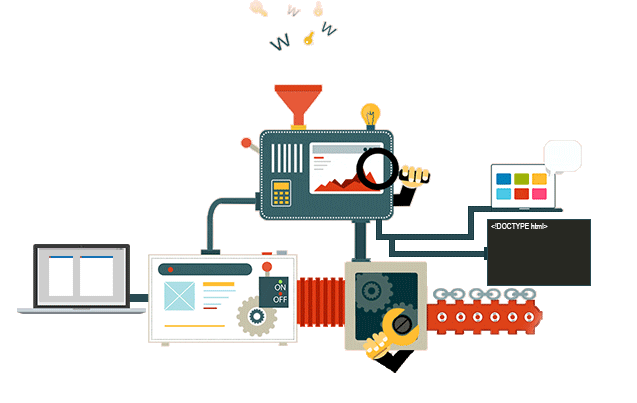Practical Approaches for Inclusive Digital Learning
Not everyone is equally comfortable with technology in digital learning. Discover practical tips and real-life examples to design more inclusive and accessible e-learning experiences for all learners.

As digital learning designers, it’s easy to be swept away by the allure of technology—new tools, stunning effects, immersive platforms...
But here’s a real question: Do all these features spark the same excitement for every participant?
Let’s pause and take a closer look.
At EdTech Türkiye, we believe in exploring ways to make technology meaningful and accessible for everyone.
Who Might Find Technology Intimidating?
Imagine you’re chatting with a field worker—let’s call him Mehmet.
He’s been operating forklifts in a factory for years and only uses WhatsApp on his phone, nothing else.
You send him a digital training program. What’s his first reaction?
-
“Do I need to download something to open this?”
-
“If I press the wrong button and it closes, do I have to start over?”
Or consider Elif, a mother returning to the workforce after a few years away.
She used to be a pro in Word, but now feels lost with all the new interfaces:
-
“I can’t find things as easily as before, the menus have changed…”
And picture a newly appointed teacher in a small town.
The school’s internet is slow and her home computer is outdated.
For her, complicated menus or large files are a real source of stress—sometimes before she even begins.
The truth is:
There are people of all ages, from every profession and city, who are not naturally at ease with technology.
And honestly, that’s perfectly normal and very human.
How Can We Make Digital Learning More Inclusive?
1. Don’t Surprise—Provide a Safe Space
For someone who’s never taken a digital course, each new platform shouldn’t feel like starting from scratch.
For example, use the same buttons, menu structures, and navigation in every training.
Let users move forward without ever wondering, “Which button do I press now?”
Example:
In every mini quiz on TestEd, the “Next” and “Back” buttons are always in the same place. No user has to hunt for the next step.
2. Map Out the Journey Before Starting
Don’t let users feel lost, thinking “What do I do next?”
From the very first slide, offer a clear, simple explanation:
-
“In this course, you’ll see these icons and perform these actions. You can’t move forward without completing each step.”
Example:
In a hospital onboarding program, progress rates rose by 30% after participants were told upfront: “You need to watch the videos and answer the questions at each step.”
3. Tell Stories—Add Real-Life Touches
When we think of digital learning, we often picture animations, quizzes, drag-and-drops.
But what really sticks are human stories.
A forklift driver’s daily challenge, a teacher’s real classroom moment…
When users see a piece of their own life in the content, they connect more easily.
Example:
In a safety training for an energy company, short stories starting with “What happened to Ahmet?” attracted much more attention than endless technical pages.
4. Keep Your Language Friendly and Clear
Long sentences full of technical jargon lose users instantly.
Write simply, as if explaining to a friend.
“Click the blue button at the top right to start” is more effective than “Activate the interactive module.”
Example:
In a small logistics company’s digital training, changing “Approve to receive your delivery” to “Click the ‘Received’ button” cut mistakes by 50%.
Small Steps, Big Impact
You can’t change everything at once.
But taking one step, keeping one button consistent, or adding one story can make a huge difference for your users.
At EdTech Türkiye, we know:
Real transformation in digital learning happens when it’s accessible to everyone.
And that doesn’t just take technology—it takes empathy, a human touch, and real-world examples.